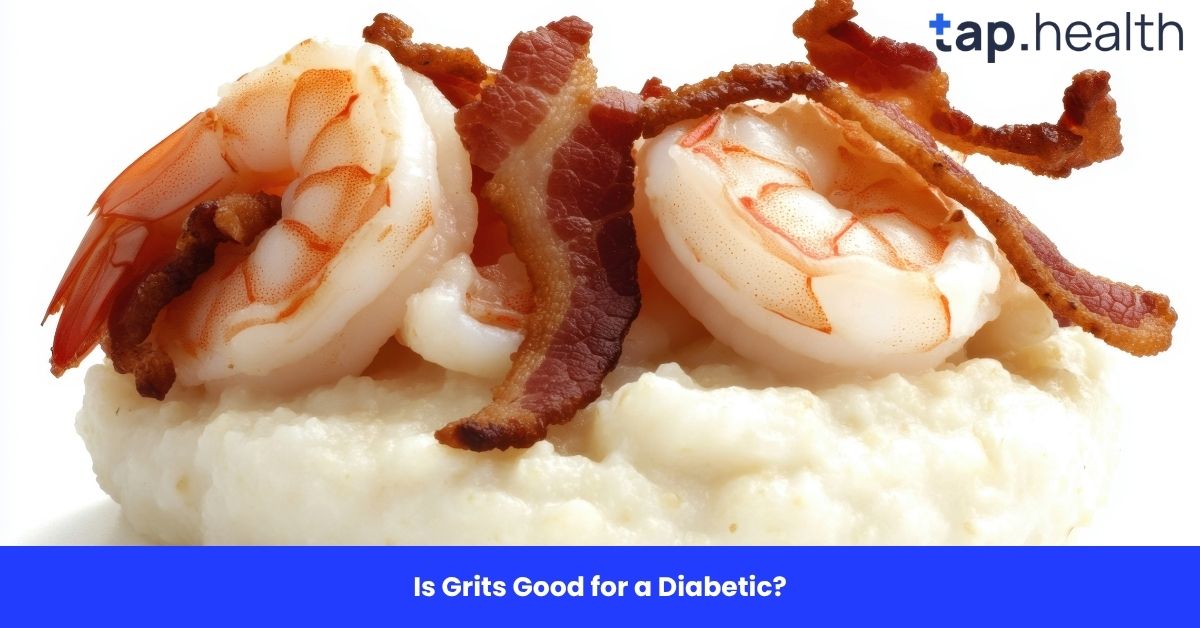Cream cheese is a popular spread used in a variety of dishes, from bagels and sandwiches to desserts like cheesecake. Its rich, creamy texture and mild flavor make it a versatile ingredient. However, if you’re watching your calorie intake, you may be wondering: How many calories are in cream cheese?
In this article, we’ll break down the calories and nutritional content of cream cheese, explore different types of cream cheese, and discuss healthier alternatives. We’ll also provide tips on how to incorporate cream cheese into your diet without overdoing it on calories.
What is Cream Cheese?
Cream cheese is a soft, spreadable cheese made from a mixture of cream and milk. It has a smooth, creamy texture and a mild flavor, which makes it a popular addition to both sweet and savory dishes. It is often used as a spread for bagels, a dip for crackers, or a base for desserts like cheesecake.
Cream cheese can be found in many forms, including full-fat, reduced-fat, and fat-free versions. The nutritional content can vary significantly depending on the type, so it’s important to be mindful of which variety you choose.
How Many Calories Are in Cream Cheese?
The calorie content of cream cheese depends on the type you’re using. Here’s a breakdown of the calorie content for different types of cream cheese, based on a typical 1-ounce (28g) serving:
1. Full-Fat Cream Cheese
- Calories: 100 calories per 1-ounce (28g) serving
Full-fat cream cheese is the classic variety, made with a high percentage of milk fat and cream. This version tends to be richer and more flavorful but also higher in calories and fat.
2. Reduced-Fat Cream Cheese
- Calories: 70 calories per 1-ounce (28g) serving
Reduced-fat cream cheese is made with less cream and more milk, making it lower in fat and calories compared to the full-fat version. It’s a good alternative for those looking to cut back on fat but still enjoy the creamy texture.
3. Fat-Free Cream Cheese
- Calories: 30-40 calories per 1-ounce (28g) serving
Fat-free cream cheese is made with no cream, which drastically reduces the calorie and fat content. While it’s much lower in calories, it may not have the same creamy texture or flavor as the full-fat version. However, it’s a good option for those looking to minimize fat intake.
Breaking Down the Nutritional Content of Cream Cheese
Here’s a detailed look at the nutritional profile of full-fat cream cheese (1-ounce or 28g serving):
1. Calories from Fat
The majority of the calories in cream cheese come from fat. Here’s the breakdown for full-fat cream cheese:
- Total Fat: 9g
- Saturated Fat: 5g
- Trans Fat: 0g
Cream cheese is relatively high in fat, with 9g of fat per 1-ounce serving. The majority of this fat is saturated fat, which can contribute to increased cholesterol levels if consumed in excess. Reduced-fat and fat-free versions have significantly less fat content.
2. Carbohydrates
Cream cheese contains very few carbohydrates. The breakdown is:
- Total Carbohydrates: 1g
- Dietary Fiber: 0g
- Sugars: 1g
Cream cheese is low in carbs, which makes it a suitable choice for low-carb and ketogenic diets. The small amount of sugar comes from the milk used in the cream cheese production process.
3. Protein
Cream cheese provides a small amount of protein:
- Protein: 2g
While it’s not a significant source of protein, cream cheese does contribute a little to your daily protein intake.
4. Cholesterol and Sodium
Here’s the breakdown of cholesterol and sodium in full-fat cream cheese:
- Cholesterol: 30mg
- Sodium: 100mg
While cream cheese contains some cholesterol, it’s not excessively high. The sodium content is moderate, and if you’re on a low-sodium diet, you may want to watch how much cream cheese you use.
How Does Cream Cheese Compare to Other Cheese?
When compared to other types of cheese, cream cheese is lower in protein and higher in fat. Here’s how it compares to some other popular cheeses:
1. Cheddar Cheese (1 ounce)
- Calories: 115 calories
- Fat: 9g
- Protein: 7g
Cheddar cheese is higher in protein and calories than cream cheese, making it a more substantial source of nutrition.
2. Mozzarella Cheese (1 ounce)
- Calories: 85 calories
- Fat: 6g
- Protein: 6g
Mozzarella cheese is lower in calories than cheddar and cream cheese, with a similar amount of fat.
3. Ricotta Cheese (1 ounce)
- Calories: 50 calories
- Fat: 4g
- Protein: 3g
Ricotta cheese is lower in calories and fat compared to cream cheese, but it has more protein.
How to Enjoy Cream Cheese Without Overdoing It on Calories
If you love cream cheese but want to enjoy it in a healthier way, here are some tips to keep the calorie count in check:
1. Use Less Cream Cheese
A little bit of cream cheese can go a long way. Instead of slathering it on thick, try using a thin layer to enjoy the flavor without going overboard on calories.
2. Choose Reduced-Fat or Fat-Free Cream Cheese
If you’re concerned about calories and fat, consider using reduced-fat or fat-free cream cheese. These options provide the same creamy texture with fewer calories and less fat.
3. Pair with Healthy Foods
Instead of using cream cheese on high-calorie, refined carbs like bagels, pair it with healthier options like whole grain crackers, fresh vegetables, or a healthy wrap.
4. Use as a Base for Dips
Cream cheese can be used as the base for dips. Mix it with yogurt or avocado to cut the calorie count while still maintaining creaminess.
Healthier Alternatives to Cream Cheese
If you’re looking for lower-calorie, healthier alternatives to cream cheese, here are a few options to consider:
1. Greek Yogurt
Greek yogurt is a great alternative to cream cheese, especially when you’re looking for a creamy texture with fewer calories. It’s also higher in protein and contains probiotics that are good for your digestive health.
2. Avocado
Avocado offers a creamy texture and is rich in healthy fats. While it’s higher in calories than some other options, it provides beneficial monounsaturated fats and is a great option for those looking to reduce dairy intake.
3. Hummus
Hummus, made from chickpeas, is another healthy alternative. It’s high in protein and fiber while being lower in calories and fat than cream cheese.
4. Cottage Cheese
Cottage cheese is lower in fat and higher in protein compared to cream cheese. It’s a good choice for those looking to boost their protein intake without consuming too many calories.
FAQ on How Many Calories in Cream Cheese? A Breakdown
How Many Calories Are in 2 Tablespoons of Cream Cheese?
A 2-tablespoon serving of full-fat cream cheese contains around 70 calories. If you’re using reduced-fat or fat-free cream cheese, the calorie count will be lower.
Is Cream Cheese Healthy?
Cream cheese can be part of a healthy diet if consumed in moderation. However, it is high in fat and calories, especially in the full-fat version. Choosing reduced-fat or fat-free versions can help make it a healthier option.
Can I Eat Cream Cheese on a Low-Carb Diet?
Yes, cream cheese is low in carbohydrates, making it suitable for low-carb and ketogenic diets. Just be mindful of portion sizes, as it can be calorie-dense.
How Many Carbs Are in Cream Cheese?
A 1-ounce serving of full-fat cream cheese contains about 1g of carbohydrates. This makes cream cheese a good choice for low-carb diets.
Can I Use Cream Cheese on a Keto Diet?
Yes, cream cheese is a popular ingredient in many keto recipes because it’s low in carbohydrates and high in fat. Just be mindful of portion sizes, as the calories can add up.
Final Thoughts
Cream cheese is a delicious and versatile spread that can be enjoyed in many ways. However, it’s calorie-dense, especially in its full-fat form, with 100 calories per 1-ounce serving. If you’re watching your calorie intake or looking for healthier alternatives, consider opting for reduced-fat or fat-free cream cheese, or choose alternatives like Greek yogurt or avocado for a lighter option.
By being mindful of your portions and pairing cream cheese with healthier foods, you can enjoy this creamy delight while keeping your diet balanced.


